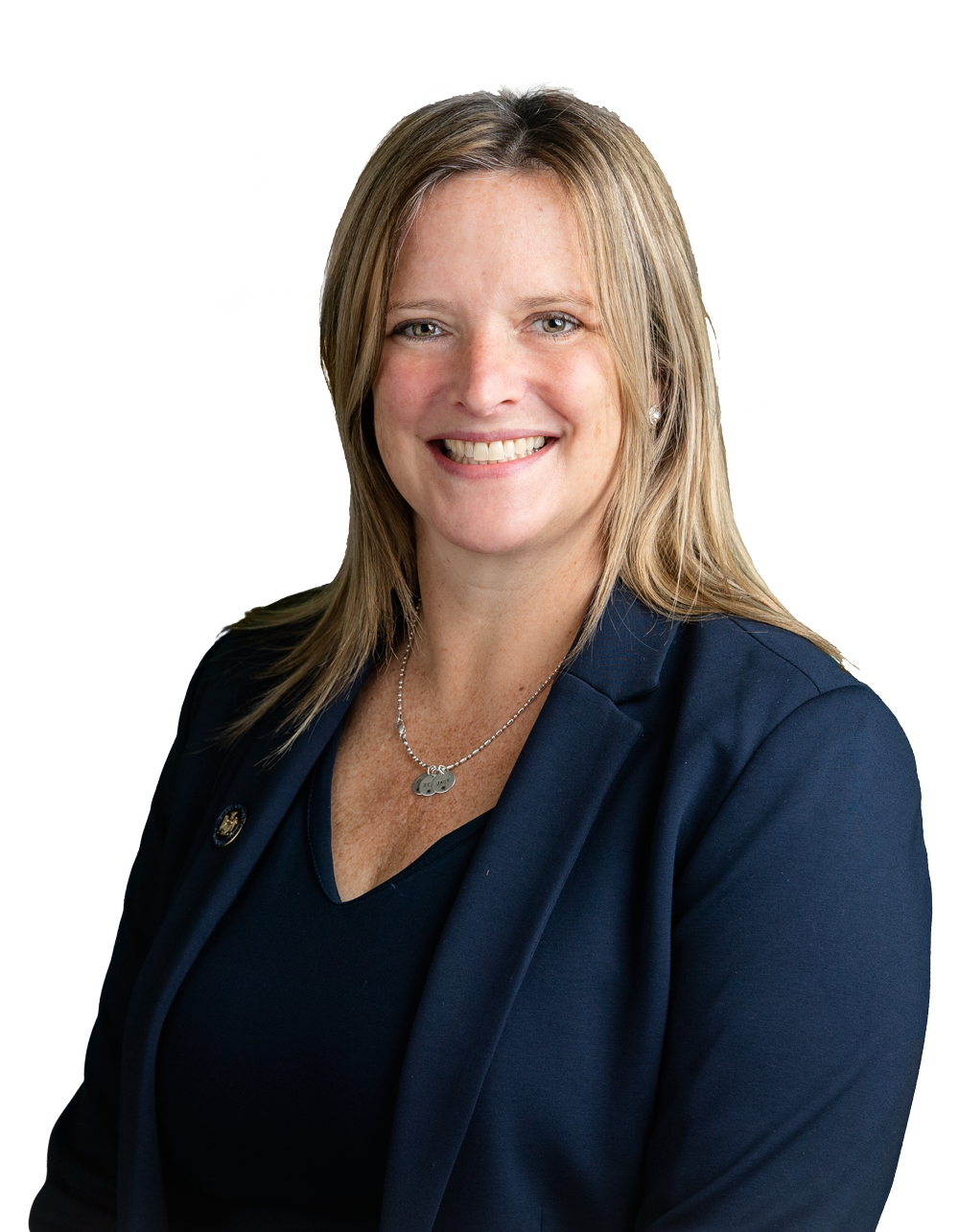Assemblywoman Sarah Clark Announces New York State Budget Funding for Childcare, Education, and More
Rochester, NY – Yesterday, the NYS Assembly passed a series of bills relating to the 2021-22 New York State Budget. This budget includes major wins for childcare, education, higher education, broadband access, small businesses, the environment, transportation and infrastructure, and seniors.
Assemblymember Clark said, “Budgets reflect our values. This is a moment to celebrate. I am so proud to be a part of this legislative body that has fought hard to make a difference for all New Yorkers in this year’s budget. I ran for office to fight for children and families and to give a voice to moms struggling to make ends meet personally and professionally. This budget ensures that families, the backbone of our society, are cared for in every way. This is what a budget looks like when you put people first.”
This budget lays out an opportunity to transform the childcare system with an additional $2.4 billion in funding. It will take the childcare ecosystem off life support and transform it statewide. These funds will help ensure affordability and accessibility to childcare for families that have been treated as an afterthought for far too long and offer more resources for providers that have struggled to survive throughout the pandemic. There is provision for a cap for copayments for families, an investment in childcare deserts, implementation of new tax credits for businesses that offer childcare programs to employees and increased eligibility for childcare assistance.
The budget also adds an additional $1.4 billion for education and commits to fully funded foundation aid in three years, marking a major achievement towards socioeconomic equity that advocates and legislators have been working towards for years. Ensuring access to quality education for all is the best economic development tool that we have. As the new Chair of the Subcommittee on the Tuition Assistance Program, closing the TAP Gap was my priority, so I’m excited there will be an increase in TAP for the first time in seven years, making college more affordable for the students who need it most and removing the difference between TAP funding and the actual tuition costs for students. There will also be a block on tuition hikes at SUNY and CUNY campuses across the state. Almost $180 million in funding has been secured for higher education opportunity programs.
Inequalities in broadband access were made glaringly clear as a result of the COVID-19 pandemic. This year’s budget aims to make reliable, high-speed internet affordable and accessible for all, especially those in underserved communities, by requiring internet companies to provide service to low-income New Yorkers at a capped rate of $15 per month.
During the pandemic, the Rochester region and beyond has been facing an unprecedented level of housing insecurity. $3 billion will be provided through this budget for rental assistance and mortgage assistance, providing critical financial relief to tenants and homeowners who lost their income during the pandemic. $100 million will be used for a hardship fund for those who cannot access funds from the Emergency Rental Assistance Program. $100 million will be used to fight homelessness. $575 million will be used for federal homeowner relief, including a $60 million commitment to fund the Homeowner Protection Program over three years. In addition, $100 million in state funds have been allocated to landlords who may have tenants refusing or unable to apply for federal relief.
The FY 2022 Budget also enacts an equitable $1 Billion small business, arts, entertainment and restaurant relief package to help businesses and other organizations recover from the economic crisis resulting from COVID19. These provisions will provide grants, and offer technical assistance to small businesses, giving priority to socially and economically disadvantaged business owners including minority and women owned businesses, service-disabled veteran owned businesses, and businesses located in communities that were economically distressed even before the pandemic.
The state legislature secured $300 million for the Environmental Protection Fund (EPF) and continues to fully fund the state’s Superfund Program, which cleans up hazardous waste sites statewide. It also includes a $100 million allocation, including funding for the Environmental Restoration Program, $500 million for clean water infrastructure, and a $3 billion “Restore Mother Nature” environmental bond act, which aims to invest in resilient infrastructure, open space conservation, water infrastructure, shoreline protection, and climate change mitigation projects. The budget also provides $50 million for the Nourish NY program to tackle food insecurity, a crisis dominating the greater Rochester community.
This budget provides $538.1 million for the Consolidated Local Street and Highway Improvement Program (CHIPs) and $100 million for the Extreme Winter Recovery program. It also provides $100 million to establish a new capital program to reimburse cities, villages and towns for capital project costs incurred on improvements to local roads and bridges. To help continue combating climate change, this budget provides $20 million for electric buses as part of a five-year initiative to help five transit systems electrify 25% of their bus fleets by 2025 including funding for e-vehicle charging stations and upstate transit systems, like Regional Transit Service (RTS). With this continued investment, RTS will be well-positioned to meet and exceed these goals.
Our seniors, among our most vulnerable populations, will benefit greatly from this budget, which provides an additional $1 million for Naturally Occurring Retirement Communities (NORC) and Neighborhood Naturally Occurring Retirement Communities (NNORC), such as the Ellison Park community in Browncroft. These nursing services coordinate health and social services to help older New Yorkers age in place, Increased funding for the Long-Term Care Ombudsman Program, Lifespan of Greater Rochester for Elder Abuse Prevention and an additional $8,000,000 to address the unmet needs of the elderly waiting for critical services.
